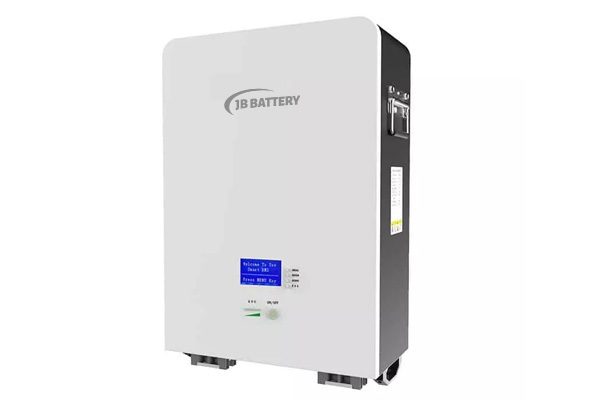What is the typical voltage in a high-voltage battery?
What is the typical voltage in a high-voltage battery?
High voltage batteries have become very popular in the recent past. This includes batteries for solar power. Compared to low voltage batteries, high voltage batteries are better for providing better discharge rates that support a much higher load demand. The systems that are high voltage are rated 400v in most cases. As a result, the systems can charge and discharge much faster than LV batteries. They also tend to cover any quick demand surge needed when equipment starts.

Top 10 high voltage lithium ion battery pack manufacturers
High-voltage batteries are usually high-pressure batteries. This means the battery pressure is high. Therefore, when switched, there is an energy burst initially. This results in a much quicker energy discharge. For this reason, the high-voltage battery doesn’t need a large conductor.
When a high voltage system is involved, inverters allow fewer connections. Notably, those individual batteries tend to have a much higher capacity. When you want to boost a home solar system using an HV battery, you boost the whole system’s efficiency. This is because the DC high voltage normally is about 300-500v. As a result, the current that runs from the battery to the inverter is usually much lower. When a low-voltage battery is chosen, the inverter has to work much harder to ensure that the input voltage is reduced to below 100v. In this case, less energy is lost, making the entire system more efficient.
High-voltage batteries are a good choice for commercial properties and households with high energy demand. In addition, if you need faster discharging and charging, high-voltage batteries are the ideal choice.
Typical voltage range of an HV battery
LiHV batteries fall under lithium technology, and the batteries allow a much high voltage than what is perceived to be normal. HV means high voltage. The batteries have a much higher energy density compared to LiPo batteries. Usually, ordinary batteries have a 3.7V nominal voltage, and at full charge, the LiPo batteries stand at 4.2V.
The lifepo4 batteries’ nominal voltage is 3.2 while the full charge voltage stands at 3.65v. LiHV batteries’ nominal voltage is 3.8 or 3.85v. At full charge, 4.35 or 4.4v can be achieved at full charge.
Characteristics of high voltage batteries
There has been an increase in demand for lithium-ion batteries, especially with a high capacity for different electrical equipment. This is why there has been a need to boost the energy density of lithium-ion batteries.
The HV batteries have a good discharge and higher energy density platform. However, when it comes to safety, they are rated lower than ordinary batteries. Presently, the most widely studied option is lithium cobalt oxide used as an anode in high-voltage batteries. Production of this type of system is simple, and the performance electrochemically is quite stable.
Based on the limited weight and space of the electrical power supply, it is possible to increase battery energy. This can be achieved by increasing battery voltage. When the operating voltage is increased from one point to the next, the energy density is also increased.

Top 10 lifepo4 lithium solar energy storage battery cell manufacturers
JB Battery HV options
JB Battery has been operational for a long time and has been providing the best batteries available today. With a clear understanding of the demand and market needs in different industries, we are best suited to create the most superior options involving different chemistries.
For more about what is the typical voltage in a high-voltage battery,you can pay a visit to JB Battery China at https://www.lifepo4golfcartbattery.com/top-high-voltage-lithium-ion-battery-pack-manufacturers-and-high-voltage-battery-management-system-bms-supplers/ for more info.

